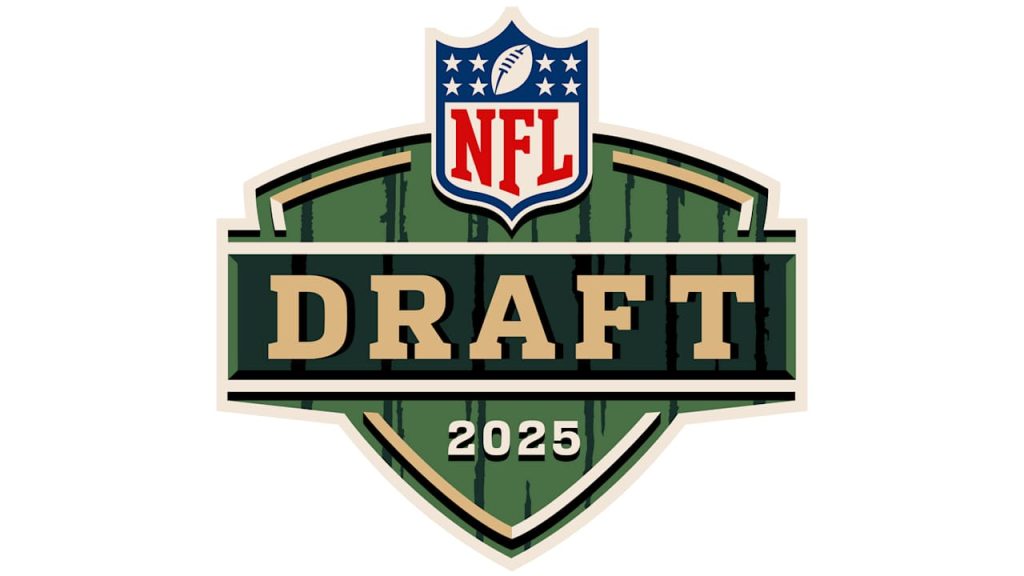The NFL Draft order is a critical aspect of the National Football League’s structure, ensuring a balance of talent across all teams and providing hope for rebuilding franchises. Here’s an in-depth look at how it works, the intricacies involved, and the strategies teams employ around this process.
The Basics of the NFL Draft Order
The NFL Draft is an annual event where each of the 32 NFL teams selects eligible college football players to join their roster. The draft order, which is how teams are lined up to make their picks, is primarily determined by the previous season’s standings, but with several nuances:
- Reverse Order of Standings: The team with the worst record in the regular season gets the first pick in each round. This continues down the line, with the Super Bowl winner picking last. For example, if the New England Patriots finished with the worst record, they would have the first pick in the first round, and if the Kansas City Chiefs won the Super Bowl, they would pick 32nd.
- Playoff Teams: Teams that made the playoffs are slotted from 21 to 32. Within this group:
- Teams eliminated in the wild card round draft from picks 21 to 24, based on their regular season record (worst to best).
- Divisional round losers pick from 25 to 28, again in reverse order of their season record.
- Conference championship losers are given picks 29 and 30, with the team with the poorer record getting the higher pick.
- The Super Bowl loser picks 31st, and the Super Bowl winner picks 32nd.
- Tiebreakers: When teams have identical records, the draft order is determined by the strength of schedule (SOS), which is the combined winning percentage of all opponents that season. If there’s still a tie, divisional or conference records are considered, followed by a series of other less common metrics, culminating in a coin toss if necessary.
Compensatory Picks
Beyond the basic structure, teams can receive additional picks known as compensatory selections:
- Compensatory Free Agents (CFA): Teams losing more or better free agents than they sign can be awarded compensatory picks. These are calculated using a proprietary formula based on players’ salary, playing time, and postseason honors. Compensatory picks are usually awarded in the third through seventh rounds, at the end of each round.
- Diversity Initiatives: Teams can also earn picks for developing minority coaches or executives who are hired by other teams in key roles like head coach or general manager.
NFL Draft Trades
One of the most dynamic aspects of the draft is the trading of picks:
- Trading Up or Down: Teams can trade their current draft picks for picks in future drafts, players, or combinations thereof. A team might trade up, using several picks to get a higher pick in the current draft if they want a specific player. Conversely, teams might trade down, gaining more picks but later in the draft, which can help fill out their roster or plan for future drafts.
- Examples: Notable trades include the Chicago Bears trading up to select Justin Fields in 2021 by giving up significant draft capital, or the Houston Texans moving up to draft Deshaun Watson in 2017.
NFL Draft Day Dynamics
- Time Limits: Teams have a set amount of time to make their picks, with the first round allowing 10 minutes per selection, decreasing in subsequent rounds to as little as 4 minutes by the seventh round. If a team doesn’t pick within this time, they can still select, but they risk losing their turn if another team picks first.
- Draft War Rooms: Each team operates from a “War Room” where executives, scouts, and coaches debate and decide on picks.
- The Draft Process: When a pick is decided, a representative writes the player’s details on a card, which is then handed to an NFL official. This process ensures that there’s no confusion or misinformation during the event.
Strategic Considerations
- Draft Philosophy: Teams have various philosophies; some prioritize immediate talent, while others build for the future with depth. Teams might draft for need, best available player, or a balance of both.
- Scouting and Evaluation: Months and sometimes years of scouting culminate at the draft. The NFL Combine, Pro Days, and private workouts provide teams with data to evaluate prospects.
- Impact of Trades: Trading picks can shift team strategies, especially if a team is looking to rebuild or is in “win-now” mode.
The NFL draft order isn’t just about who picks when; it’s a strategic element of team building, balancing the scales between teams, and a spectacle that captivates fans. It’s a blend of performance from the previous season, strategic foresight, and sometimes, a bit of luck or strategic maneuvering through trades. Understanding the NFL draft order gives fans, analysts, and teams alike a clearer picture of how the future of the league might shape up each year.

